Southwest Thailand’s monsoon season transforms Phuket’s coastline from a tropical paradise into a dramatic showcase of nature’s power, with crashing waves and churning waters that make many beaches dangerous for swimming. While some visitors embrace the wild beauty of stormy skies and dramatic seascapes, others discover too late that their chosen beach becomes nearly unusable during the rainy season.
The monsoon period typically runs from May through October, though intensity varies significantly by location and specific weather patterns each year. Here is a list of 15 Phuket beaches where monsoon conditions create the most challenging and potentially hazardous situations for beachgoers.
Surin Beach
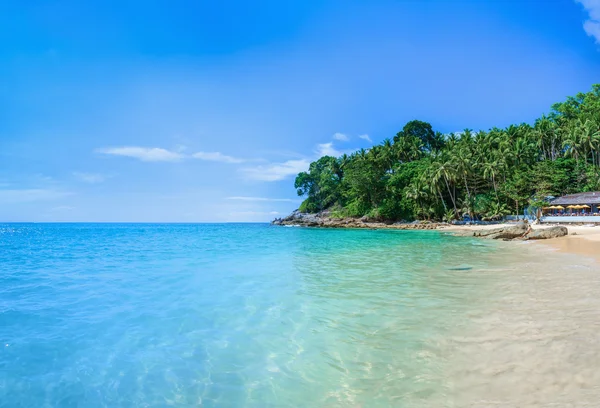
This upscale beach transforms into a turbulent stretch of dangerous surf during monsoon season, with waves reaching heights that make swimming impossible even for strong swimmers. The beach’s northwest-facing orientation catches the full force of monsoon winds, creating powerful undertows that have caught experienced visitors off guard.
Local authorities frequently post red flags during this period, though some tourists ignore the warnings and require rescue assistance. The luxury resorts that line this beach often redirect guests to their pools and indoor facilities during the worst weather periods.
Nai Harn Beach
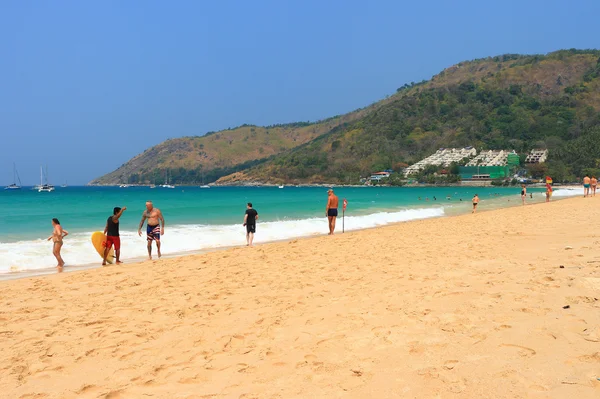
Known for its pristine white sand and crystal-clear waters during the dry season, Nai Harn becomes a completely different environment when monsoon rains arrive. The beach’s southern exposure means it faces directly into the storm systems that approach from the Indian Ocean, creating massive waves that crash far up the shoreline.
Strong rip currents develop during heavy weather, making the water treacherous even for experienced swimmers. The popular beach clubs and restaurants often close their beachfront areas entirely, focusing instead on their covered dining spaces away from the surf.
Like Travel Pug’s content? Follow us on MSN.
Kata Beach
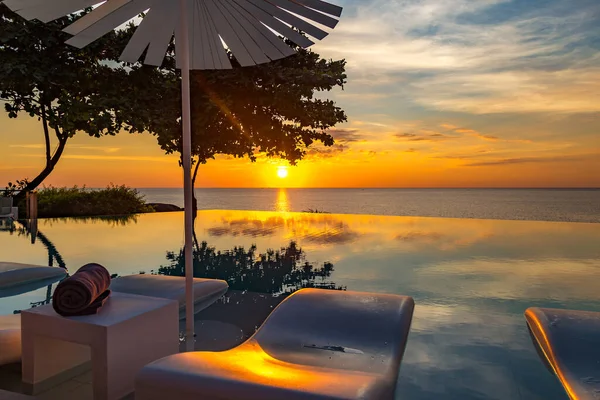
This family-friendly destination loses much of its appeal during monsoon season when red flags become a permanent fixture and swimming becomes virtually impossible. The beach’s wide sandy expanse, perfect for sunbathing during dry months, turns into a debris-strewn stretch where broken branches and seaweed wash ashore daily.
Strong winds create sandstorms that make beach walking uncomfortable, while the normally calm waters develop dangerous undertows. Most beachfront restaurants set up protective barriers and redirect their seating areas to avoid the worst of the wind and spray.
Karon Beach
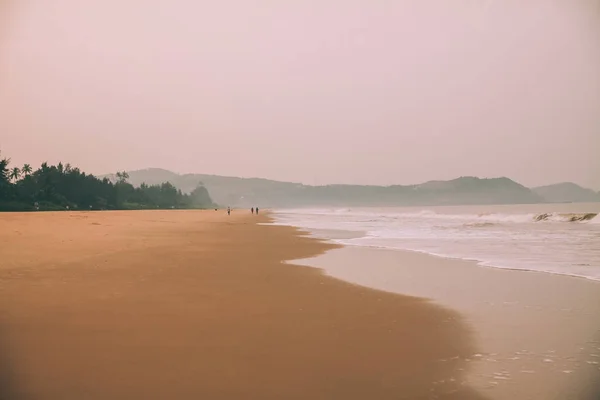
Phuket’s longest beach stretches for nearly two miles, but monsoon conditions make most of this expanse unusable for typical beach activities. The beach’s open exposure to southwest winds creates consistent rough surf that extends well beyond the normal high-tide line.
Vendors who normally rent umbrellas and chairs pack up their equipment entirely during the worst weather, leaving visitors with few options for beach comfort. The wide sandy area that attracts joggers and beach walkers becomes littered with storm debris that makes navigation difficult and sometimes dangerous.
Patong Beach
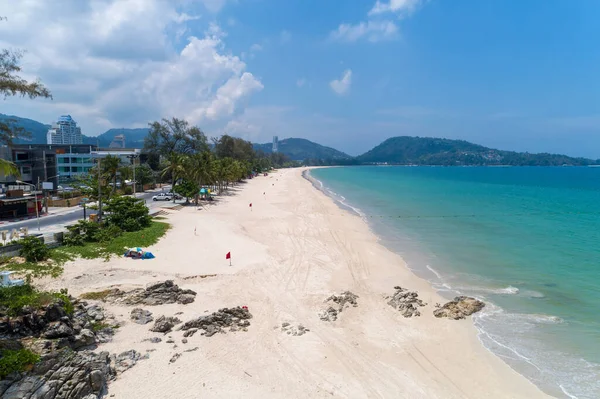
Despite its reputation as Phuket’s most developed beach area, Patong becomes surprisingly hostile during monsoon season when its party atmosphere clashes with dangerous ocean conditions. The beach’s central location offers no protection from southwest monsoon winds, creating waves that regularly exceed six feet in height.
Beach vendors struggle to operate their businesses as equipment gets damaged by wind and salt spray, while the normally bustling beachfront becomes eerily quiet. The famous beach clubs and restaurants maintain their operations but often lose their beachfront seating areas to the elements.
Like Travel Pug’s content? Follow us on MSN.
Kamala Beach
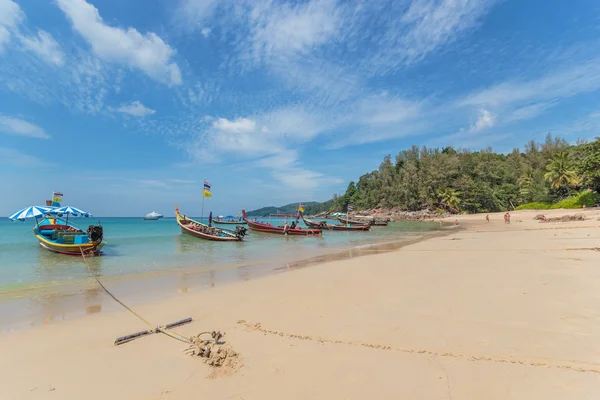
This quieter alternative to Patong faces similar monsoon challenges, with additional problems created by the surrounding hills that channel winds down onto the beach. The normally gentle waves that make Kamala popular with families become unpredictable during storms, with sudden surges that can knock visitors off their feet.
The beach’s more limited infrastructure means fewer sheltered areas when the weather turns bad, forcing most visitors to retreat to their hotels entirely. Local surf schools that operate here during dry season shut down completely due to the dangerous conditions.
Bang Tao Beach
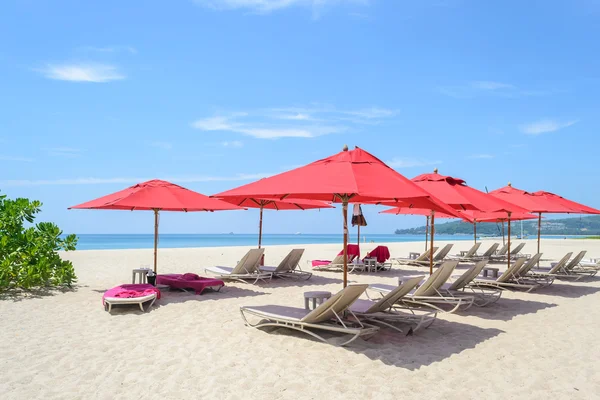
The lengthy stretch of sand that encompasses several high-end resorts becomes largely unusable during monsoon season, despite the luxury accommodations that line its shores. Strong winds create persistent sandstorms that make beach walking uncomfortable, while the normally calm lagoon areas develop dangerous currents.
The beach’s exposure to open ocean means it receives the full impact of monsoon weather systems, creating waves that crash well beyond the normal surf zone. Resort guests often find themselves confined to pool areas and indoor facilities for extended periods during severe weather.
Nai Yang Beach
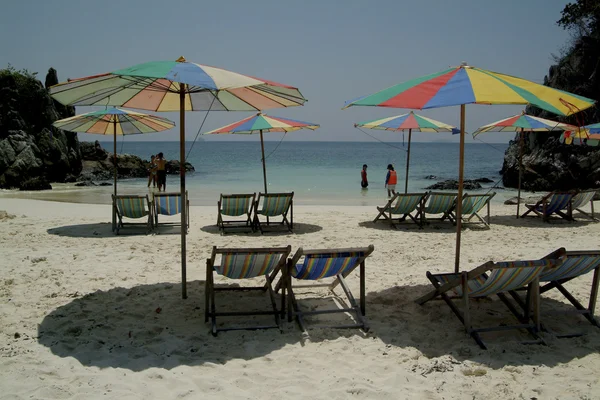
Located near Phuket’s airport, this beach combines monsoon challenges with additional noise and disruption from increased flight activity during storms. The beach’s position catches strong crosswinds that create unpredictable wave patterns, making swimming dangerous even for experienced ocean swimmers.
Airport operations sometimes redirect flights during the worst weather, creating additional noise and confusion for beachgoers trying to enjoy the area. The nearby mangrove areas that normally provide natural beauty become inaccessible during heavy rains due to flooding and strong currents.
Like Travel Pug’s content? Follow us on MSN.
Mai Khao Beach
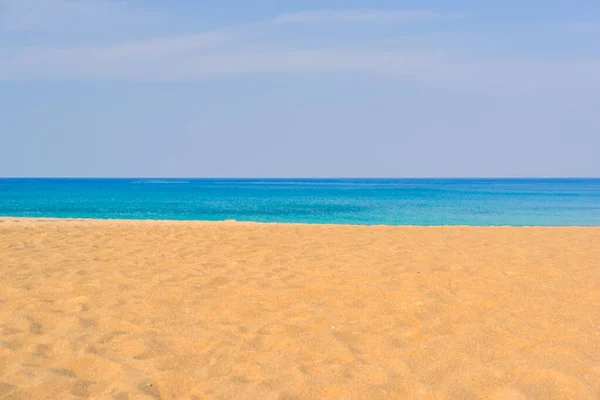
Phuket’s longest beach stretches for over six miles, but monsoon conditions make virtually the entire length unsuitable for typical beach activities. The beach’s remote location means limited shelter options when weather deteriorates quickly, leaving visitors exposed to wind and rain.
Strong rip currents develop along the entire coastline during storms, creating dangerous swimming conditions that local authorities struggle to monitor effectively. The area’s sea turtle nesting sites become completely inaccessible during heavy weather, disappointing visitors who came specifically to observe wildlife.
Layan Beach
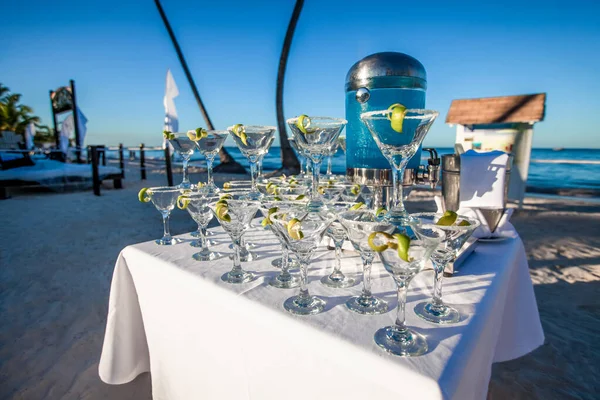
This relatively secluded beach loses its peaceful charm during monsoon season when strong winds and rough surf create an inhospitable environment. The beach’s position between two headlands can create unpredictable wind patterns that make conditions change rapidly throughout the day.
Limited facilities mean visitors have few options for shelter when the weather turns bad, often requiring retreats to distant hotels or restaurants. The normally clear waters become churned with sand and debris, eliminating the snorkeling opportunities that attract many visitors during the dry season.
Rawai Beach
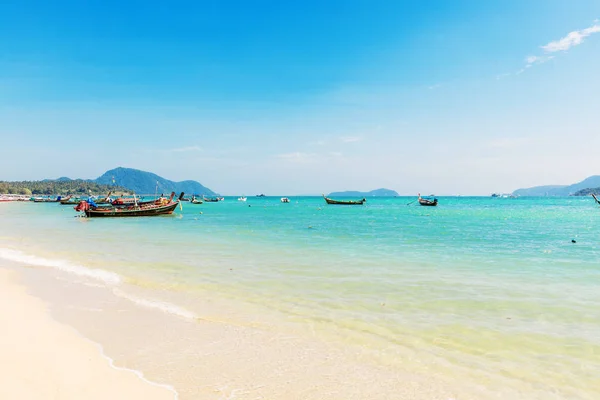
While traditionally more of a fishing village than a swimming beach, Rawai becomes even less appealing during monsoon season when its muddy waters turn completely opaque. The beach’s shallow depth means that even moderate waves stir up significant amounts of sediment, creating an uninviting swimming environment.
Local longtail boats that normally offer island tours remain beached during rough weather, eliminating one of the area’s primary tourist activities. The numerous seafood restaurants that line the beach often struggle with salt spray and wind damage that affects their outdoor seating areas.
Like Travel Pug’s content? Follow us on MSN.
Ya Nui Beach
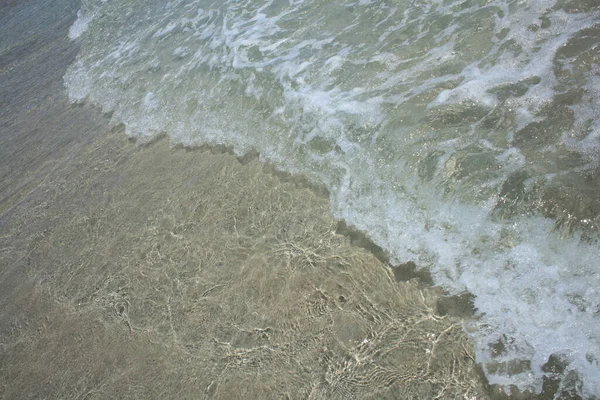
This small, secluded beach becomes completely isolated during monsoon season when the narrow access road becomes treacherous and the tiny beach area disappears under rough surf. The beach’s position between rocky outcrops provides no protection from southwest winds, creating dangerous conditions in what normally feels like a private cove.
Limited parking and difficult access mean that visitors who arrive during bad weather often find themselves trapped until conditions improve. The single beach bar that operates here closes entirely during severe weather, leaving no shelter options for stranded visitors.
Laem Singh Beach
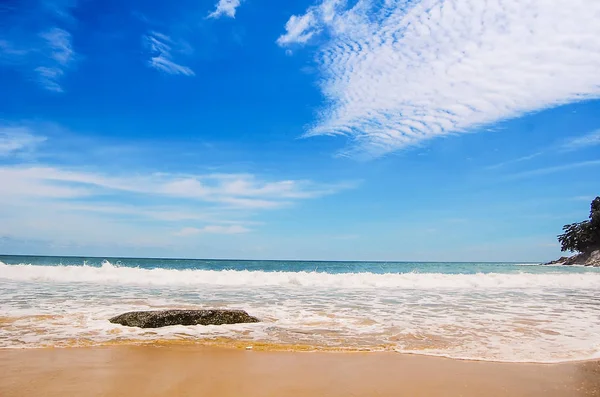
Accessible only by a steep trail during the best conditions, this small beach becomes virtually unreachable during monsoon season when the path turns slippery and dangerous. The beach’s tiny size means that even moderate waves wash over the entire sandy area, eliminating any dry space for relaxation.
Rocky outcrops that provide scenic beauty during calm weather become hazardous obstacles when waves crash over them unpredictably. The isolated location means no facilities or shelter options exist when weather conditions deteriorate rapidly.
Freedom Beach
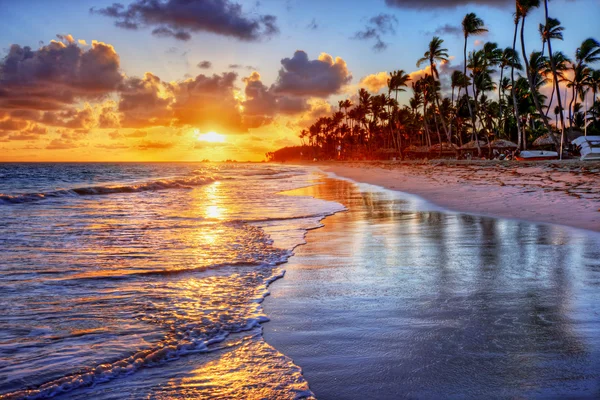
Despite its name suggesting liberation, this beach becomes a prison during the monsoon season when the only boat access becomes impossible due to rough seas. The beach’s complete isolation means that visitors who arrive before the weather deteriorates can become stranded when conditions worsen.
High cliffs that provide dramatic scenery during calm weather become dangerous when strong winds create unpredictable downdrafts. The complete lack of facilities means no shelter options exist when tropical storms move through the area.
Like Travel Pug’s content? Follow us on MSN.
Ao Sane Beach

This rocky beach area becomes particularly treacherous during monsoon season when wet rocks create slippery conditions and powerful waves crash unpredictably over the stone formations. The beach’s reputation for snorkeling disappears entirely when rough conditions reduce visibility to zero and create dangerous underwater currents.
Limited sandy areas mean that even small waves eliminate most usable beach space, forcing visitors onto slippery rocks or into retreat. The secluded location provides no emergency services or shelter options when conditions become dangerous.
When Paradise Turns Perilous
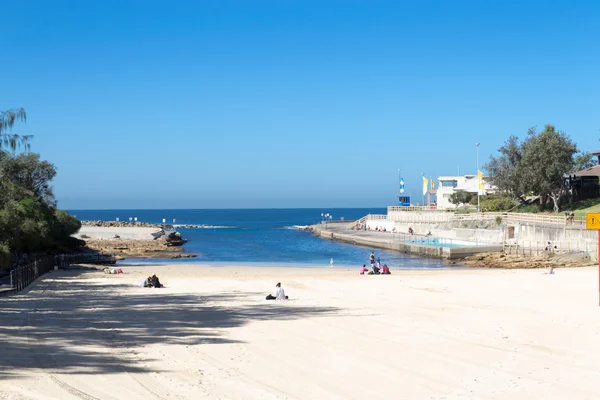
Monsoon season reveals the raw power behind Phuket’s tropical beauty, transforming beloved beaches into dramatic examples of nature’s dominance over human leisure plans. These seasonal changes remind visitors that tropical paradises operate on natural schedules that don’t always align with vacation itineraries, creating opportunities for different kinds of appreciation and respect for the environment.
Smart travelers who understand these seasonal patterns can still enjoy Phuket during monsoon months by focusing on inland attractions, cultural experiences, and the unique beauty that storm-watching can provide from safe vantage points.
More from Travel Pug

- 20 Best Beach Towns in the Carolinas
- 13 Destinations Where Tourists Regularly Regret Their Trip
- 20 Things You Actually Get in First Class
- 20 Small Airports With Aviation Museums
- 20 Places in the U.S. That Are Perfect for a Reset Trip
Like Travel Pug’s content? Follow us on MSN.
